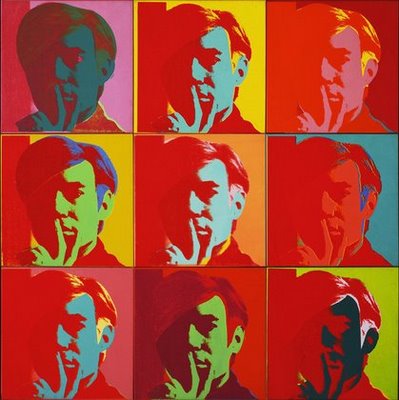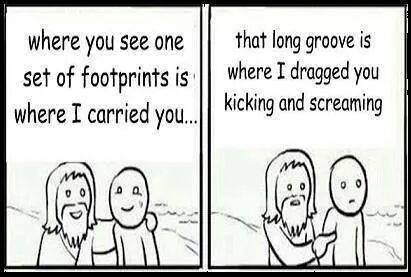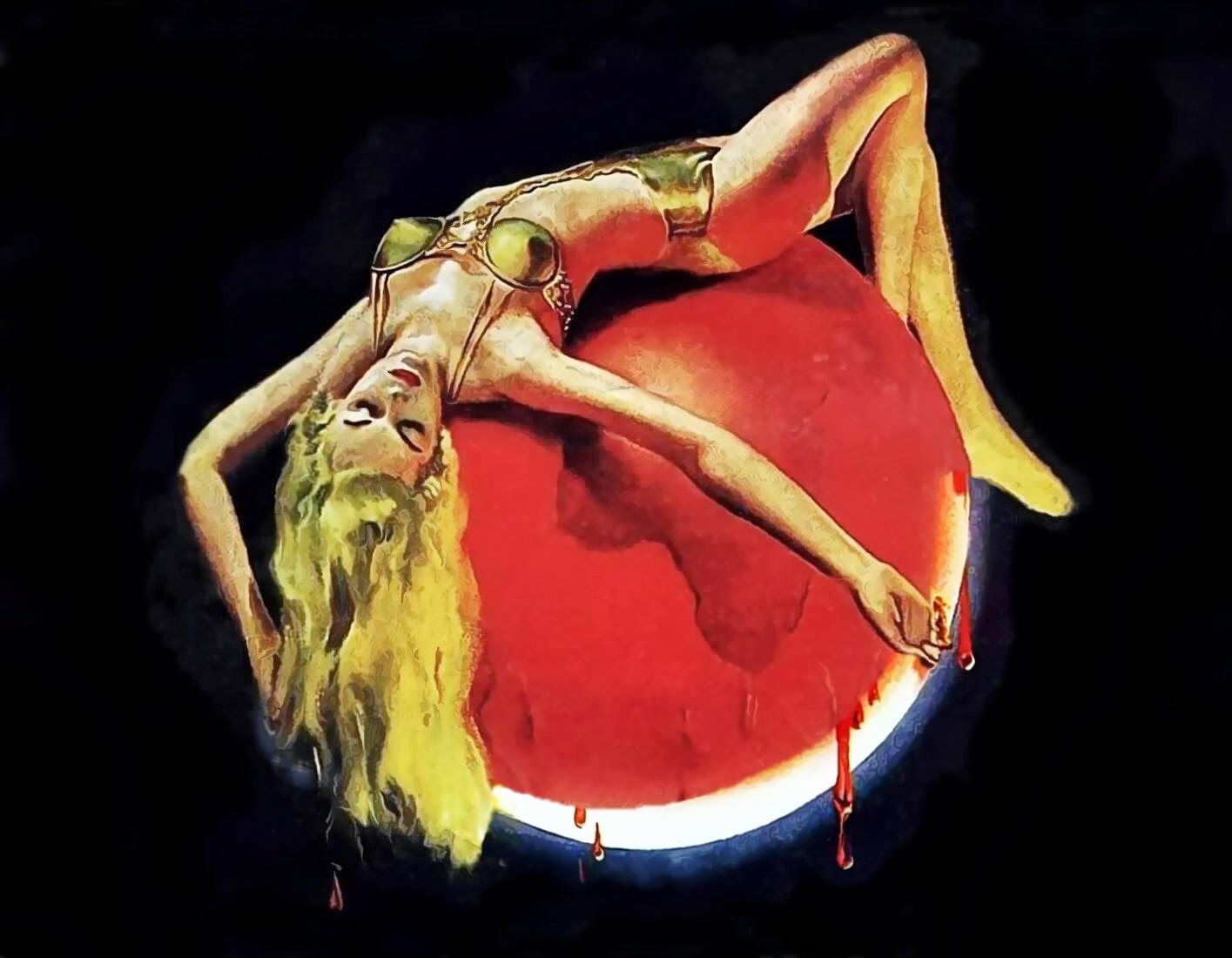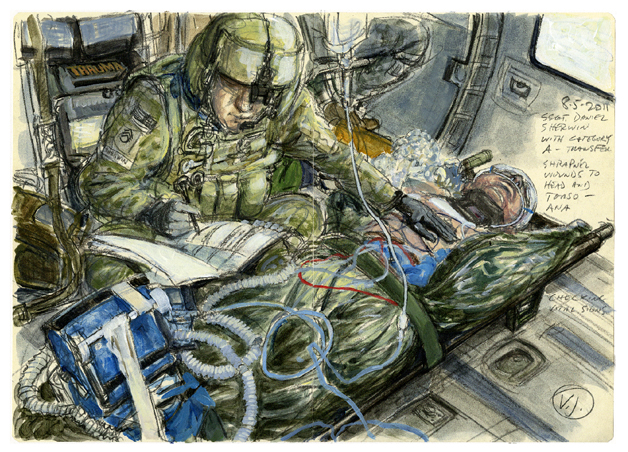El Diablo Warhola by John Medaille
Editor’s Note: Support our “Storm the Bookstores: Save the Short Story” Campaign. Click on http://igg.me/p/74309?a=473765 and show your support.
Synopsis: Another tale about art and artistry? You won’t get enough of it yet!
About the Author: John Medaille has been published on Pseudopod, Escape Pod, Dunesteef and Lacuna Magazine and is working on a short story collection called: Hideous Tales of Doomed Spacemen, Demonic Cameras, Protoplasmic Flesh-Eaters, The Supernatural, U.F.O.’s, Interdimensional Beasts, Evil Children, Misunderstood Robots, Telephone Calls from Beyond the Grave, Mayhem, Murder AND THE MACABRE!
In this bizarre tale, a new cult rises among the decadents.
* * * * * * * * * *
 El Diablo Warhola
El Diablo Warhola
by John Medaille
Ciudad Juarez, Mexico – The evening is hellishly hot and the light is tinged an antic orange with the dust that hangs over the city, as my guide, let’s call him Eludio, leads me into the mercado. We pass stalls selling tamales, wafts of hot grease and garlands of dry, fingerlike chilies. Further on there were plywood botanicos framed in Christmas lights, at which merchants hawk enchanted soaps and candles, guaranteed to bring luck in the lottery or ensure the fidelity of a lover or inflict inscrutable stomach pains on an enemy. Under a broken, strobing streetlight, a guitarist tries to sing an old love ballad, something about amantes and corazons, but it is drowned out by the thumping rumbas of electronica that blares from the boomboxes at every shop and pushcart and he soon gives up, packs his instrument in its case and wanders off into the night. Far away in the depths of the city I hear the perforating punctuations of ‘goat horns,’ as AK-47’s are called here, rattling away.
Eludio takes me to the outskirts of the market where we come across the elaborate, crude and lovingly-built shrines of the Narco Saints. These are what we came to see. They are the patron saints of the drug world, the criminal gods and goddesses who are worshipped and honored and sacrificed to by everyone from the foot soldiers of the drug wars to the cocaine barons. Here is the icon of the ever popular Saint Jude, he of the lost causes, encased in a plexiglass box and surrounded by a fiery moat of votive candles. Beyond him is the mustachioed Jesus Malverde, the bandit hero and folk saint of the Sinoloan cartels, unrecognized by the Catholic church, whose plaster bust beams like a movie star from its pedestal, a silver screen swashbuckler. Highest and most feared in the menagerie of the Narco Saints is La Santa Muerte, Holy Death, also known as La Santisima and the Little Skinny One. She is fashioned from a full size human skeleton, real or artificial I can’t tell. Dressed in a white bridal gown, she holds a scythe in her hands, and the scythe is real, insanely sharp, insanely old, all grayed wood and pockmarked iron. At La Santa Muerte’s feet lie bouquets of dollar bills and pesos folded into flowers, which not even the most desperate beggar would dare to steal, and little skulls made of sugar with lemon drop eyes or sculpted out of paper mache, still wet and baking in the night heat.
It is to these Narco Saints that the petitioners come, they crawl here by the thousands on their hands and knees or squirm here, snakelike in the dust, for miles. They fill their shoes with broken glass and totter, wincing all the way, in pain-pilgrimages to the shrines. Some are flagellants, flailing their own backs with knotted whips and electrical cords. The pavement here is polka dotted with brown oxidized drops of old blood among the darker wads of flattened bubble gum and the flitting poltergeists of candy wrappers. At the end of their journeys, they kneel faithfully before the Drug Gods and pray for them to intervene on one side or the other of the gruesome narco wars and gang violence that afflict modern Mexico. They pray for money, for revenge, for power or protection or peace, for everything that everyone has ever prayed for. There are at least fifty worshippers arranged in front of La Santisima tonight. There are rosaries and Hail Mary’s and a metallic smell. We stand on the fringes of their ranks and observe.
Finally Eludio leads me away and brings me to the particular Narco Saint he wanted to show me tonight, the new one. The saint’s shrine is the furthest away from all the rest, the least weather worn, and it has the smallest congregation although Eludio assures me that this is the fastest growing drug cult. They are young toughs, mostly, heavily tattooed and pierced and chained and blinged. They stand or sit torpidly on the concrete, smoking a lot, and they do not smile. They don’t make jokes, and this is disturbing and perverted in the young. I wind my way through them and examine the icon, and I know that I have never seen this saint despite three years of covering the Mexican narcotrafico. It is, like Le Santa Muerte, a pale figure, life sized, but male and dressed in a dark suit of shimmering velour. His plaster images wears sunglasses and on his head is a bushy platinum fright-wig. At first I wonder if this is a personification of governmental corruption or the blank epitomization of callous indifference to the undervaluization and meaninglessness of human life in the face of the overwhelming bloodletting of the war. Or is it, conversely, a modernization of some old, Aztec, heart-feasting Blood God?
And then I think I recognize him, and I’ve met him before.
I find my contact, Eludio, in the throng, and I ask him, “Is that…isn’t it…?”
“It’s Andy Warhol,” Eludio says.
He has no idea how the Cult of Warhol started, and it is doubtful that anyone truly does. It is not even known where it started, although some will swear up and down that it was right here in Ciudad Juarez. Others contend that it was imported from Mexico City or Los Angeles or Tamaulipas, all anyone seems to know is that it has been gaining in popularity, almost epidemically, over the past several weeks.
Eludio tells me that the followers of San Warhol call themselves Los Boyz Plasticos and they are gaining themselves a reputation by hiring out as affordable, efficient street level enforcers. They perform grudge killings and intimidations with a brutality that is shocking even here, where mutilations, beheadings and mass femicides are considered commonplace. Their signature is the artful arrangement of body parts: cadavers laid out just so on the curb, five left hands woven into identical positions in a chain link fence, a well-lit torso. Already their numbers are thought to rival the Zacamale Syndicate. They are renowned for their emotionless and automated style. They strive to be poet-robots. They never, ever remove their sunglasses.
“What does it mean?” I ask Eludio. Does Warhol have some connection to Mexico that I’ve missed? Wasn’t he of Slovakian extraction? Maybe Hungarian? Sure, he was a creature of drugs and money, salesmanship and surfaces, but still, pop art? I am baffled. What does it have to do with this? What does it have to do with anything? And is it art?
“I don’t know,” says Eludio. “It’s estupido.”
I take a closer look at the tattoos of the black clad Warholians. They are in unornamented script, sans serif, and they say Spanish translations of Warhol’s inanities and quotations. They say:
‘I love plastic’
‘I want to be a machine’
‘I like boring things’
‘All the cokes are the same and all the cokes are good’
That, and, of course, tomato soup inked swastikawise into biceps.
As the evening plummets into night, the ritual begins. Los Boyz Plasticos turn on Nico and The Velvet Underground. Portable televisions play fuzzy, twenty five hour loops of Warhol’s movies, Sleep and Blow Job and Kiss. And over the unconcerned beat of recorded drums and the awful-bad songs, nothingness happens.
The worshippers crawl to San Warhol’s beatle booted feet and grovel there and, horribly, they make sacrifices. I already know what the offerings will be before they are placed, and they make me sick. There is rising a growing heap of offerings. There is Campbell’s soup, of course, idiotically, all kinds; Bean and Bacon, Chicken and Stars, Cream of Mushroom. There are Brillo boxes and Coca-Cola bottles. There is exactly everything that you think there would be. Sugar skulls and severed human ears would be more wholesome.
Eludio is talking by my side, “They think the Warhol will give them all their wishes, and take all the revenges asked of it. But it has to be paid for. The right price,” he smiles and shakes his head. “Always the correct price and no less. The price has to be equal to the miracle it is asked to perform. If the Warhol doesn’t get paid, well, he gets mad easy and the petitioners will die. They’ll die of gunshot, AIDS, staph infection, machete, whatever. He’s not a love god, not the forgiving kind. But you can get anything you want as long as it’s paid for. It’s a transaction.”
“That’s a lot of soup,” I say.
An hour later, I am in my hotel room. As always, there is a paid mercenary patrolling the hall on the floor of the reporter’s rooms. I hear him clomping around in his black plastic streamlined soldier-of-fortune boots and I can’t sleep. It is a fad, I think. It will burn itself out in a month or a year, and the plaster Warhol and his infinite, identical reproductions in every warring border state will be abandoned and disintegrate into frosting by the rain and dust. It is a pop-cultural footnote, and only semi-interesting, and nothing more, and good only for a byline blurb, and then it’s over.
Or so I pray.
**** THE END ****
Copyright John Medaille 2012
Image Courtesy: Google Images























